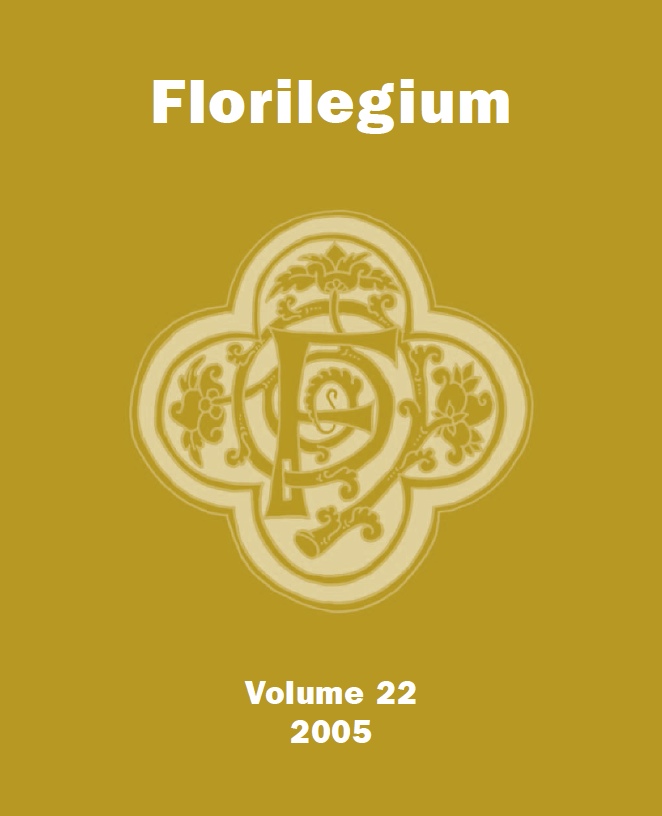Hagiographie et folklore. Quelques coordonnées de leur rapport
Abstract
The author first discusses the notion of 'folklore,' proposing two meanings of the term: a first meaning, applicable to societies that are culturally complex, according to which folklore is popular culture, belonging to the lower levels of society; and a broader meaning, applicable to societies that are culturally homogeneous, according to which 'folklore' means a particular ethnic culture. Next, four principal places are identified where folklore (both as 'popular culture' and as 'ethnic culture') is incorporated within the structure of the hagiographic text: through the culture of the environment in which the saint lives; through the culture of the saint himself; through the culture of the environment which transmits the saint's legend and through the hagiographer who recounts that legend; and through the people's perception of the saint as shown in their worship of the saint. The various points of the article are illustrated from a range of sources, in particular the Golden Legend.
Résumé
L'Auteur discute d'abord la notion de folklore, en proposant de distinguer deux sens du terme : un premier sens, applicable aux sociétés culturellement complexes, selon lequel le folklore est la culture populaire, propre aux couches inférieures de la société ; et un sens plus large, applicable aux sociétés culturellement homogènes, selon lequel il signifie une culture ethnique particulière. Il identifie ensuite quatre lieux principaux dans lesquels le folklore (comme « culture populaire » et comme « culture ethnique ») entre dans la structure du texte hagiographique : par la culture du milieu dans lequel vit le saint ; par la culture du saint lui-même ; par la culture du milieu qui transmet sa légende et de l'hagiographe qui la raconte ; par la perception que le peuple a du saint dans le culte qu'il lui rend. Les divers points de l'exposé sont illustrés par le recours à des sources variées, notamment à la Légende dorée.



